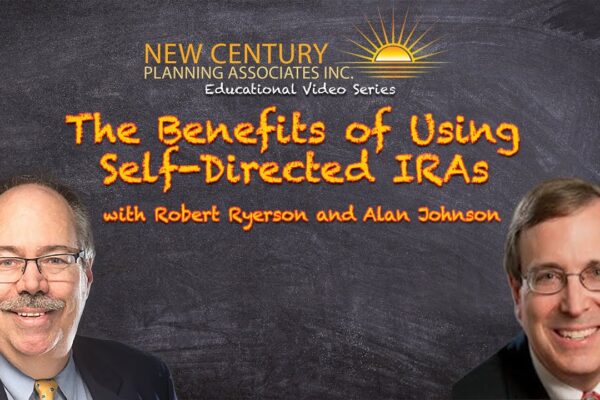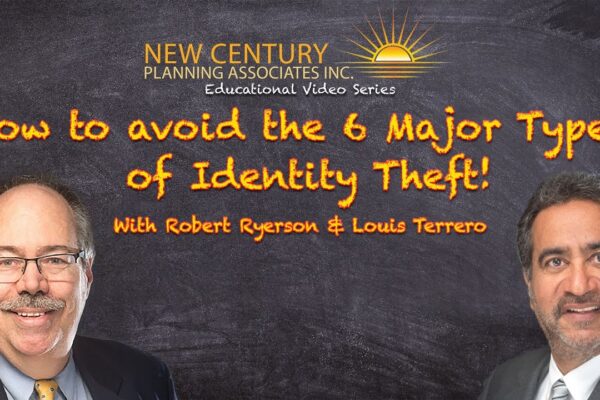Tips to Help You Prepare for Retirement
When you are in the prime of your life, retirement may seem like a long way off in the future. Maybe this perception is the reason why 60 percent of Americans haven’t determined how much they’ll need for retirement. However, if you want to enjoy a financially secure retirement, now is the best time to start.
 How Much Money Will You Need?
How Much Money Will You Need?
Everyone has different needs and expectations. Nevertheless, considering the average spends 20 years in retirement, the Department of Labor calculates that you will need between 70 to 90 percent of your pre-retirement income to continue your standard of living through your retirement years.
For example, if you earn $5,000 a month, you’ll need a little over $1.2 million to maintain your living standard for 20 years. Social Security benefits will cover about $370,000 of the $1.2 million. So you’ll need to save about $830,000 to maintain your living standard at that income level.
Saving over $800,000 may seem like an impossible task, but it is more achievable than you may think. For example, if you start saving $500 a month at age 25 in a Roth IRA account with a 7% return, you’ll have $898,358 by age 65. If you’re 35 years old, you would need to double your monthly contribution or work 10 years longer to reach that amount.
How to Get Started With Your Retirement Plan
When you make up your mind to start the process, you can begin by setting goals. Primarily, decide how much money you can realistically save in a month and how much money you want to save by retirement. Once you have set some concrete goals, you can use the following tips to prepare for a financially comfortable retirement.
 Assess Your Net Worth
Assess Your Net Worth
To assess your financial condition, you need to calculate your net worth. You can do this by tallying up all of your assets, such as your house, car, investments, and cash. Then, deduct all of your outstanding debt, including your mortgage, car payments, and student loans. Knowing your net worth is important because it is the focal point of your financial profile.
Even if you can only save $60 a month, you should start saving that amount until you begin contributing more. Before paying your bills, groceries, and other expenses, deduct your monthly savings from your paycheck and place it in a separate account until you find a retirement account with the best return.
Grow Your Savings with a 401(k) Plan
Check with your employer to see whether they offer a 403B or a 401(k) plan. Over the past five years, the average 401(k) account has had a healthy 9.5% return rate. Obviously, it is important that you continue to commit funds from your paycheck even when the markets are negative, or in a prolonged slump. In fact, it is even more important then! If you continue to add funds in negative market environments, you will be buying more shares of the depressed funds that performed so well in previous years. Then, you will have a lot more shares when there is a recovery, and over time this will give you better results. This concept is referred to as “dollar cost averaging” and it works well over longer periods of time. Also, you can make it easier to save by allowing your employer to direct deposit funds from your paycheck to the 401(k) account automatically, every pay period.
 Some companies will match a certain percentage of your contribution to the 401(k) plan. Typically, most companies match 50 cents to the dollar up to 6% of your pay. Also, your employer may offer an automatic escalation feature that will automatically boost your contribution by 1% each year.
Some companies will match a certain percentage of your contribution to the 401(k) plan. Typically, most companies match 50 cents to the dollar up to 6% of your pay. Also, your employer may offer an automatic escalation feature that will automatically boost your contribution by 1% each year.
Contribute to An IRA
You can open an Individual Retirement Account (IRA) or Roth IRA through your bank or brokerage. The yearly contribution limit is $6,000 for customers under 50 years old and $7,000 for people over 50.
In a Roth IRA, your after-tax contribution appreciates tax-free, and your withdrawals are penalty and tax-free after you reach 59½ years old. On the other hand, you must pay taxes on your traditional IRA balance after age 59½ at whatever the current tax rates are then.
Take a Part-Time Job ✍🏻
Working a side job would help you earn extra money to increase your monthly contribution. Within the gig economy, businesses offer many job opportunities with very flexible work hours. Try searching online on sites like ZipRecruiter.com, FlexJobs.com, and Career Cloud.
Select a Debt to Pay Off💳
You can add to your retirement savings by paying off one of your debts ahead of schedule. Then, along with saving on interest expenses, you can assign the money you’ve already designated for the loan payments to your retirement account. For example, you can accomplish this task by adding $100 a month to your debt installment until you ultimately pay off the debt.
Use a Finance App 🧮
Free downloadable finance apps can help you track your spending, manage your debt, and organize your budget in a streamlined manner. Additionally, they can enhance your financial knowledge through the tutorials as you use them. Overall, the best apps for this purpose are: You Need a Budget (YNAB), Mint, Simplifi by Quicken, PocketGuard, Goodbudget, and Stash.
 Open a Social Security Account
Open a Social Security Account
Suppose you want to determine how much in Social Security you will get at retirement. In that case, the Social Security Administration allows you to set up a My Social Security Online Account, at www.ssa.gov. It is a valuable tool for learning about your Social Security benefits and keeping tabs on your future benefit amount.
If you want to make the best of your retirement years, there is no time like the present to get started. So many options and resources are available to you that prior generations didn’t have. Once you begin, you will discover that managing your retirement plan is not as complicated as you thought and that reaching your retirement goals is possible. Patience and even being stubborn in rough periods are key!
Author
Robert Ryerson
Although Robert M. Ryerson completed all the necessary requirements to earn bachelor of arts degrees in both English and economics at Rutgers University, college policy at the time prohibited the issuance of dual degrees. As a result, he graduated from Rutgers with a single bachelor of arts in economics before finding employment as a stockbroker with Shearson Lehman American Express in New York City 1984. Robert M. Ryerson has since established himself as a respected estate administrator and legacy planner. In addition to his economics degree from Rutgers, Mr. Ryerson holds several professional designations including Retirement Income Certified Professional (RICP)®; Certified In Long Term Care (CLTC)®; Certified Financial Fiduciary (CFF)®, and Certified Identity Theft Risk Magenament Specialist (CITRMS)®. He has shared his knowledge on the subject of identity theft as the author of the book What’s The Deal With Identity Theft?: A Plain-English Look at Our Fastest Growing Crime. He has also covered identity theft issues directly for students as the instructor of the adult education course Understanding Identity Theft: Our Fastest Growing Crime.






